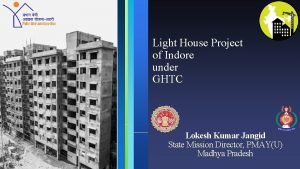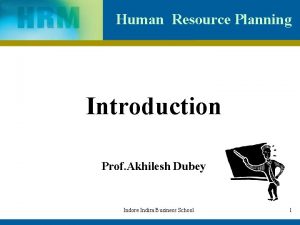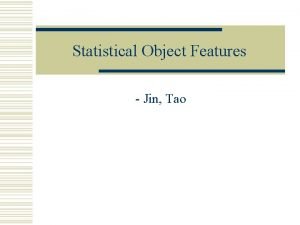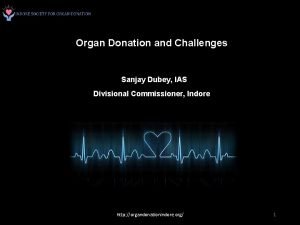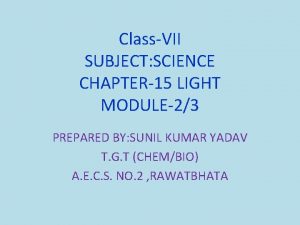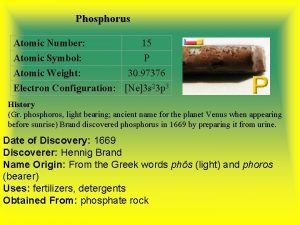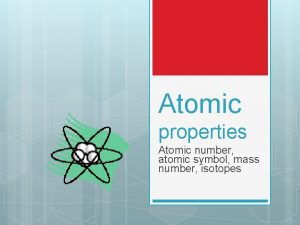FROM ATOMIC ENERGY CENTRAL SCHOOL INDORE MODULE23 Class














- Slides: 14

FROM: ATOMIC ENERGY CENTRAL SCHOOL, INDORE MODULE-2/3

Class: IX MOMENTS: The Happy Prince By- Oscar Wilde

Content: Ø 1) Précis of The Happy Prince Ø 2) Critical Analysis of the Story Ø 3) The happy Prince an allegory Ø 4) Literary Devices: i) Figures of speech ii) Symbolic Character iii) Symbolic Title iv) Fairy Tale or Fiction v) Irony vi) Satire

Précis of The Happy Prince: � In a town full of suffering poor people, a swallow who was left behind after his flock flew off to Egypt for the winter. The bird meets the statue of the late "Happy Prince" who in reality has never experienced true sorrow, for he lived in a palace where sorrow was not allowed to enter. Viewing various scenes of people suffering in poverty from his tall monument, the Happy Prince asks the swallow to take the ruby from his hilt, the sapphires from his eyes, and the gold leaf covering his body to give to the poor. As the winter comes and the Happy Prince is stripped of all of his beauty, his lead heart breaks when the swallow dies as a result of his selfless deeds and severe cold. The people, unaware of their good deeds, take the statue down from the pillar due to its shabbiness (intending to replace it with one of the Mayors), and the metal melted in a furnace, leaving behind the broken heart and the dead swallow; they are thrown in a dust heap. These are taken up to heaven by an angel that has deemed them the two most precious things in the city. This is affirmed by God, and they live forever in his "city of gold“ and garden of paradise.

Critical Analysis of the Story: �“The Happy Prince, ” by Oscar Wilde is about an initially selfcentered Swallow. He Meets the statue of The Happy Prince, while on his hunt for shelter for the night as he settles down at his feet. Throughout the story, we notice the Swallow helping the Happy Prince and distributing his jewels and gold throughout the city. The prince with the help of the Swallow trying to make civilians happier and healthier. Thus, masking the true ugliness that resides there. What drew us to Wilde’s story is the change that we see in both characters. While in the beginning of the story the Swallow only thought about himself, we see him feeling pity for the statue of the Prince. Likewise, we know that the Prince, when he was alive, never saw the truth of the city which he lived in, only the riches that he was brought up with. Most of the people see the relationship formed between the Swallow and the Happy Prince as making both characters less selfish.

The happy Prince an allegory: Ø An allegory is a story or poem which can be interpreted to reveal a hidden meaning. Ø The story has social, religious and political allegory at many levels. Ø The kind heart of the little Swallow allegorically represents the true follower of Christ. Ø The use of word “paradise” is a clear Christian idea and belief that God will reward those who following His teachings, will be rewarded paradise in return. Ø Oscar Wilde has used word “Command” instead of “order” this very word “Command” has been mentioned in Bible many times.

v. LITERARY DEVICES: i) Figures of speech: v Personification: v Simile: v The writer personified the statue of the happy prince and swallow, as living human beings. They talk with each other like human beings because they feel the misery of the living people which human being is ignoring (e. g. The mayor and the councillors). v v v His hands are like withered leaves. ” “Lips are red as pomegranate. ” “As blue as the great sea. ” “Who is as black as ebony” Wilde has set different visions or visual Imagery as: ‘the streets looked as if they were made of silver, they were so bright, and glistering ………, v Aliteration: The repetition of the beginning sounds of neighboring words; “Swallow, little Swallow, will you not bring her the ruby out of my sword-hilt? ”

ii) Symbolic Character: q In this story the writer used symbolic tones and all the characters of this story have symbolic significance. Statue of the happy prince is a charity figure like Christ; crucified by the people for humanity like that happy prince Sacrificed his beauty for the humanity whereas swallow also sacrificed his life for the humanity. Woman, match girl, writer and poor boys symbolise the poverty of Victorian age.

iii)Symbolic Title: �This story also has a symbolic title, the title of the story is “The Happy Prince” but inwardly he is not happy. He feels sorrow and pity for the common people. So as an animate statue he is not happy at all. The ruler or the kingdom who loves his subjects, for him the miseries of his people is intolerable.

iv) Fairy Tale or Fiction: � A fairy tale is an imaginary story that may feature imaginary characters such as spirits, fairies, monsters and talking animals and usually charm often including incredible order of actions. The happy prince is a narrative story this is not real story. The literary term ‘Fairy Tale’ tends to be a narrative in prose about the lucks and calamities of a hero and heroine, who experience numerous exploit of a bizarre kind then stay happy.

v) Irony: �Oscar Wilde has used the term irony in this story. He has shown the contrast between rich and poor people. Swallow flew over the city, and saw the rich making merry in their beautiful houses while the beggars were sitting at the gates. This shows that the rich people do not care about the poor people. They were enjoying their life. They were living in their palace and did not know about the condition of the poor people.

vi) Satire � Oscar wild used the literary term satire in this story. There is satire on social mechanism and social injustice. The writer uses satire to criticise drawbacks in a society. � The Swallow expressing his dissatisfaction under the golden statue and preferring chimney to sleep. “What is the use of a statue if it cannot keep the rain off”? “ I must look for a good chimney pot”. � In “The Happy Prince” Wilde mentions an emerging playwright suffering from poverty is unable to complete his piece of work. There is no human being to support him financially except the ‘Statue’ of the prince. � The mayor and the councillors of the town thinking about money, power and their position, not a bit sensitive towards the statue of the happy prince and the poor people. “ We must really issue a proclamation that the birds are not to be allowed to die here”.


 Atomic energy central school indore
Atomic energy central school indore Atomic energy central school
Atomic energy central school Atomic energy central school narora
Atomic energy central school narora Star india container line pvt ltd indore
Star india container line pvt ltd indore Light house project indore
Light house project indore Dr akhilesh dubey indore
Dr akhilesh dubey indore What is an open delivery
What is an open delivery Tax practitioners association indore
Tax practitioners association indore Image processing segmentation
Image processing segmentation Dr sanjay dubey indore
Dr sanjay dubey indore Nilihent
Nilihent Is atomic mass and relative atomic mass the same
Is atomic mass and relative atomic mass the same Ion size trend
Ion size trend Atomic radius summary
Atomic radius summary How to calculate abundance of isotopes
How to calculate abundance of isotopes




